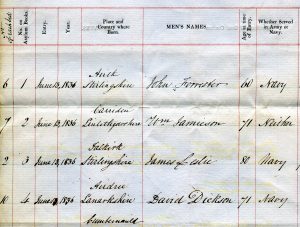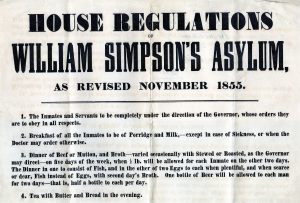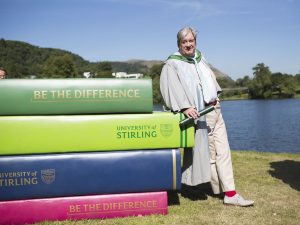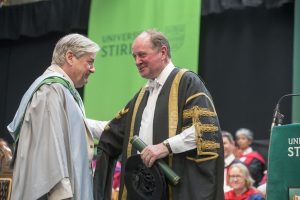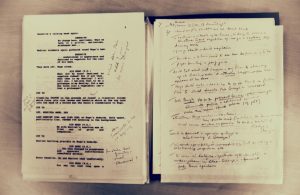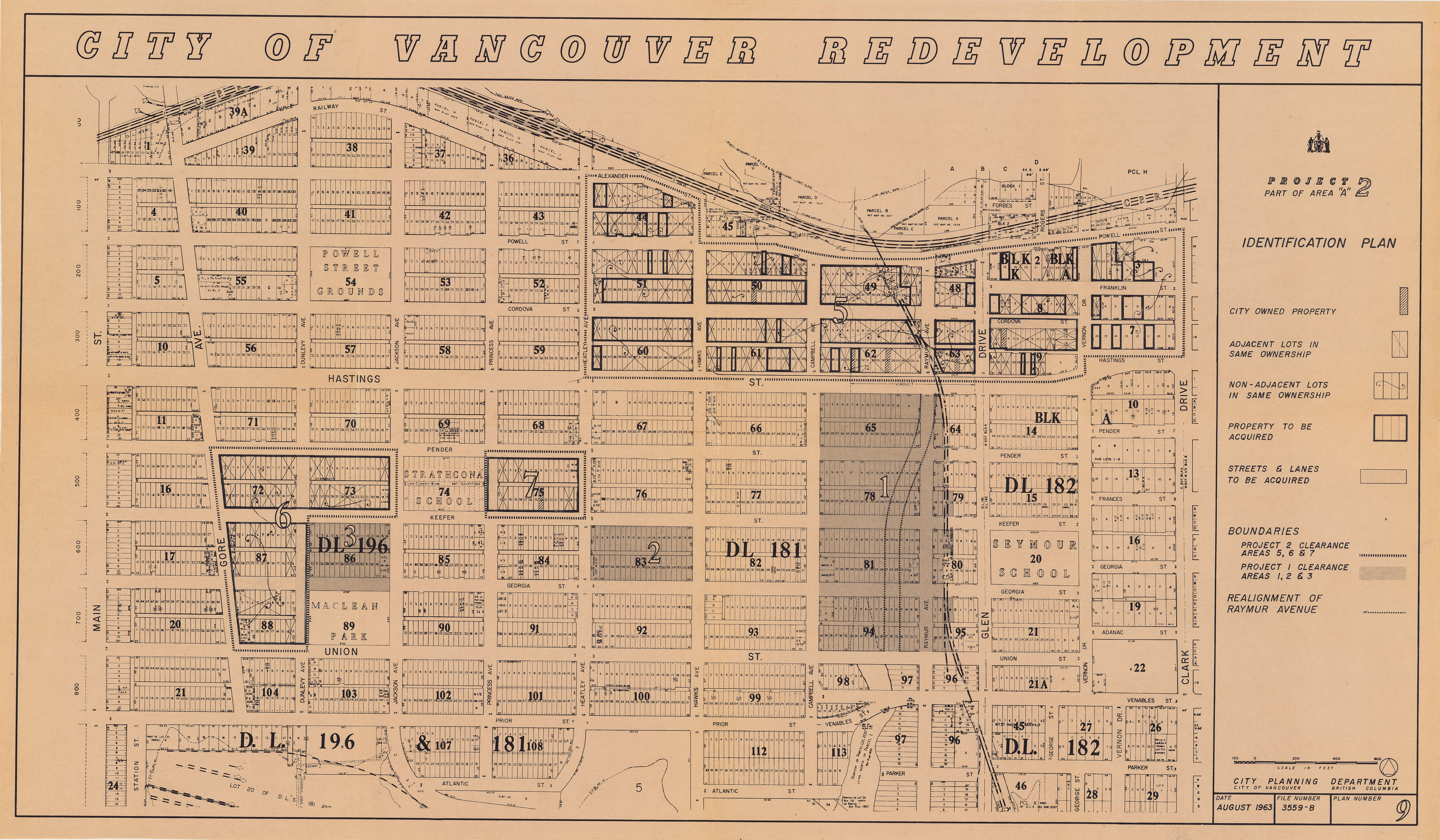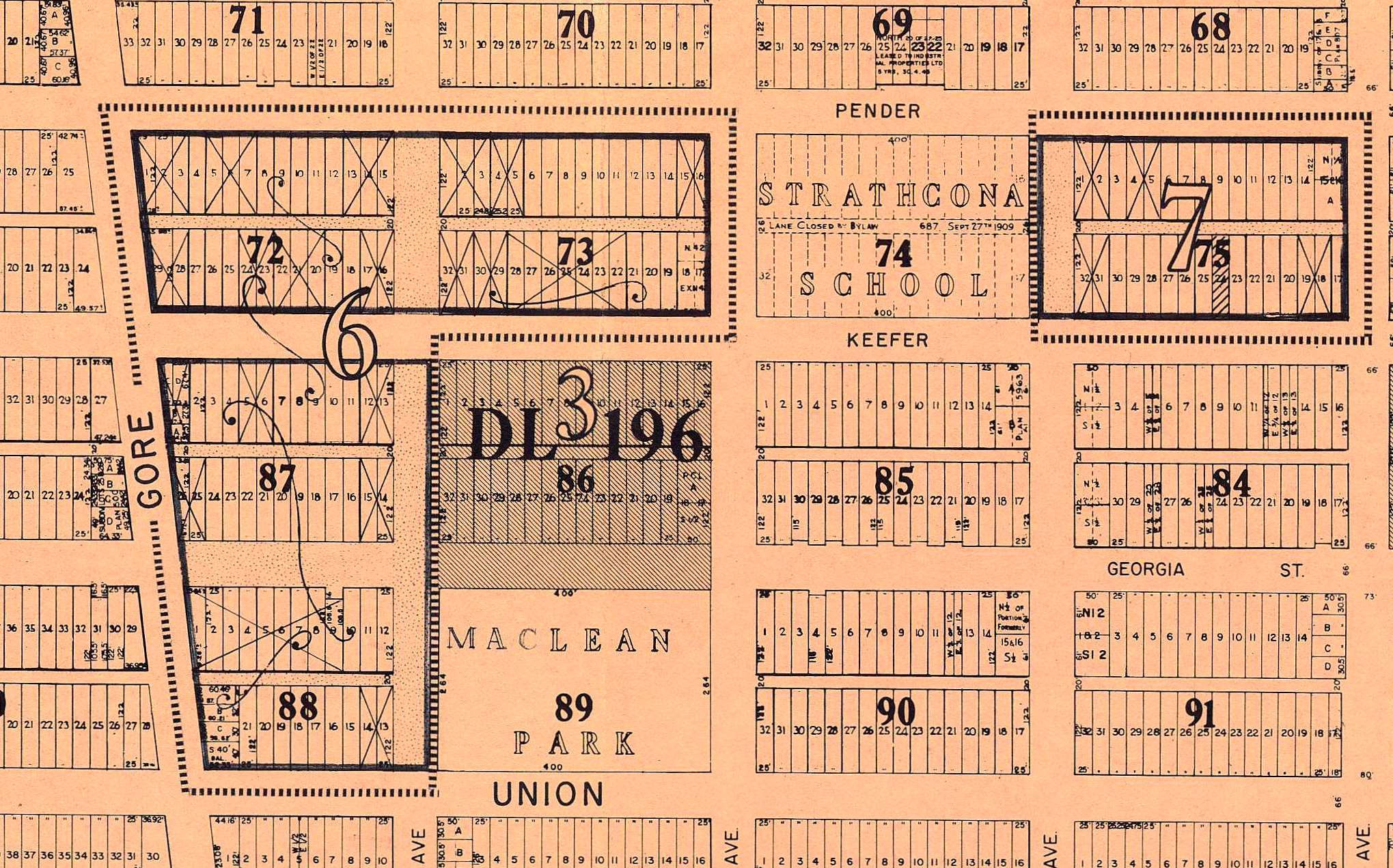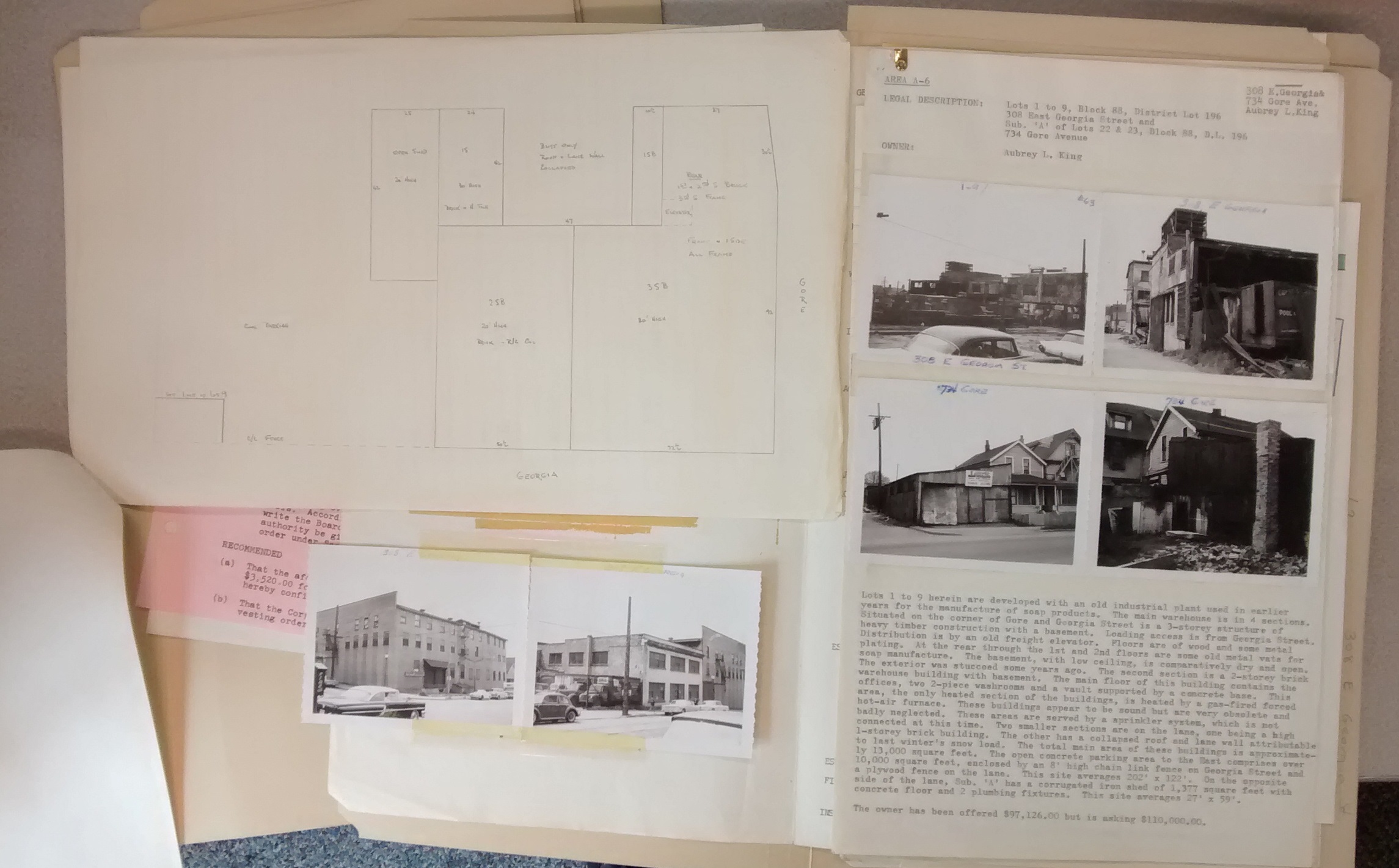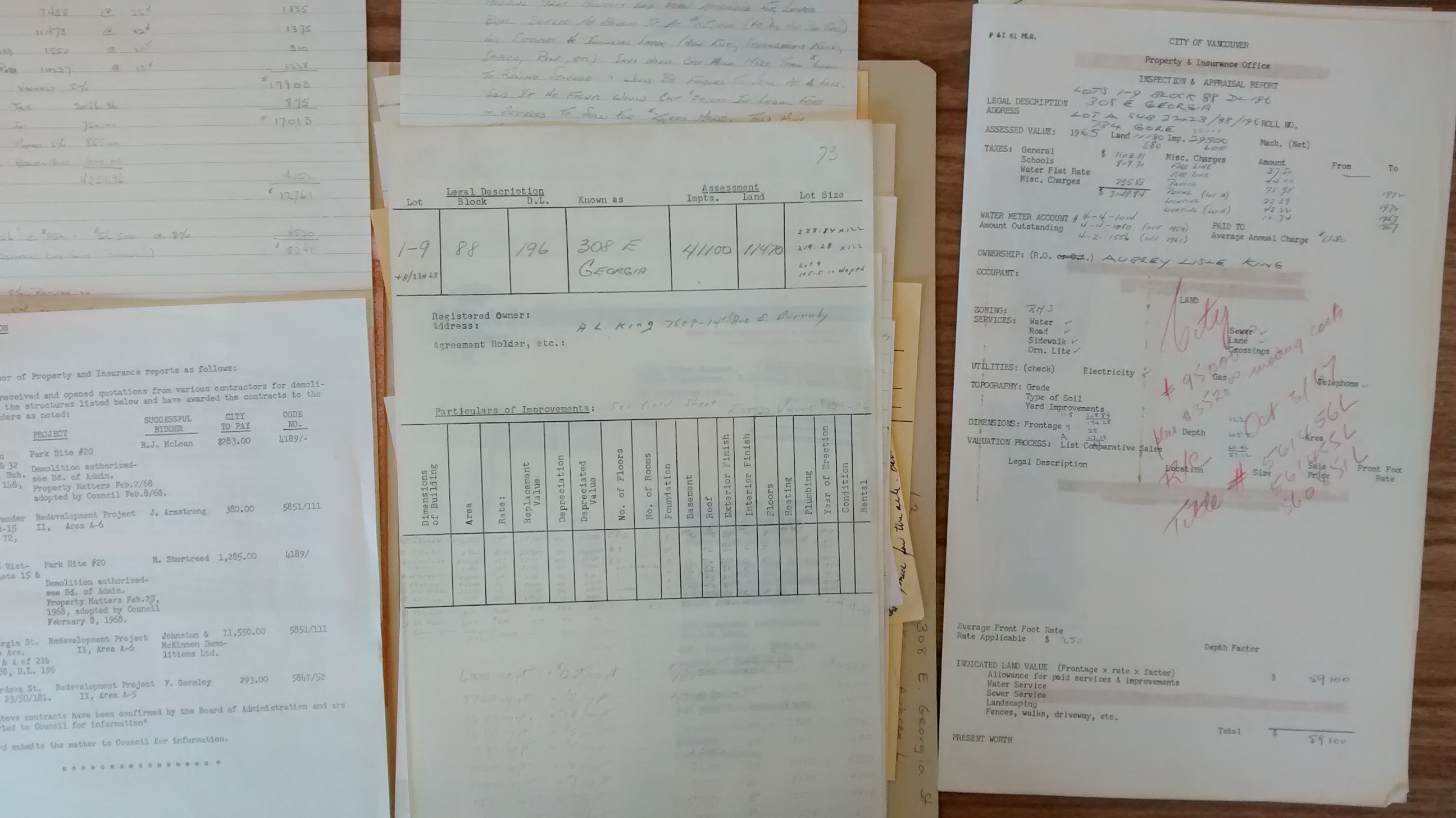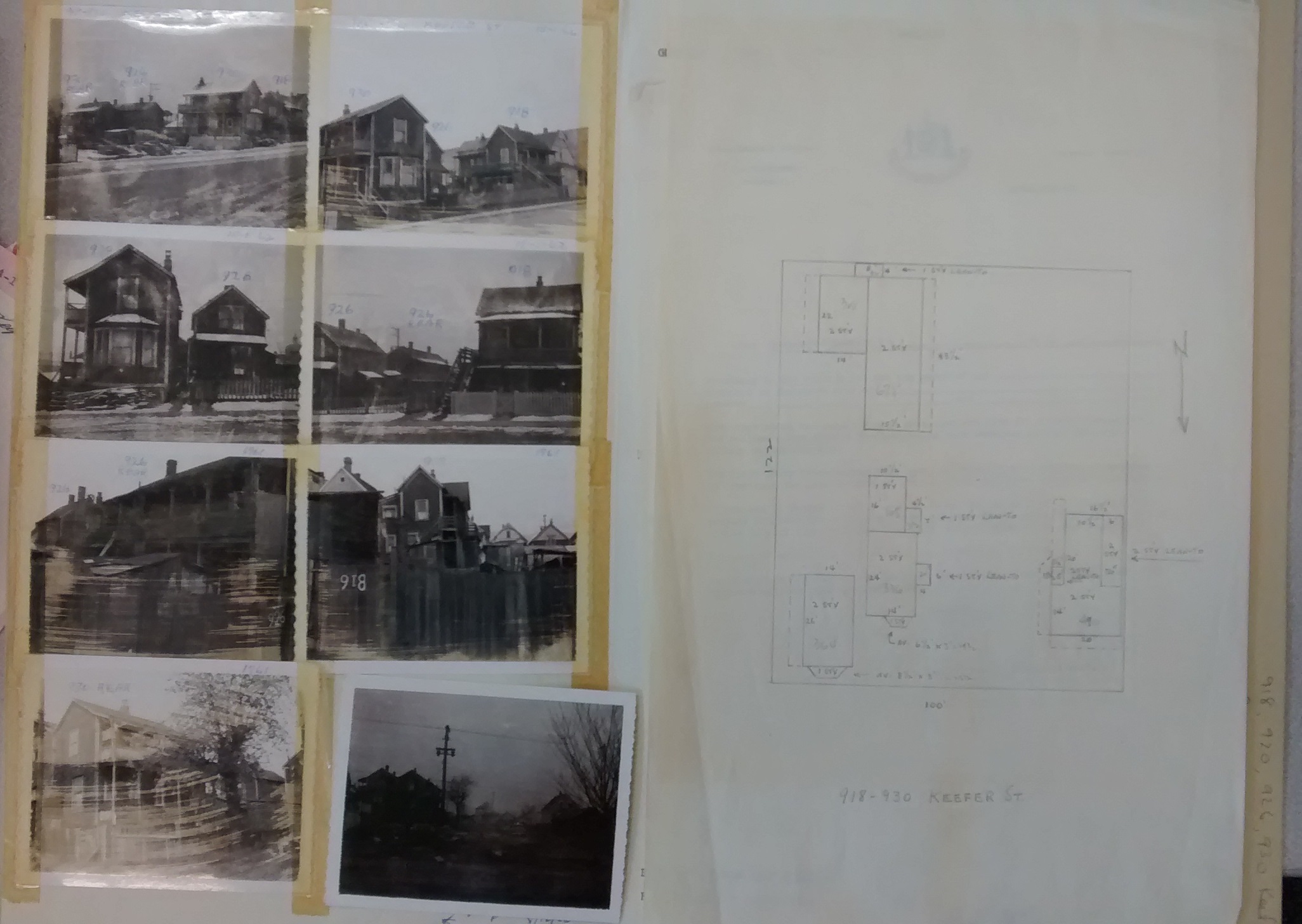Original CD liner notes published in 2002.
Writing music seems a straightforward enough proposition: you have an idea for a piece, you write it, and then some musicians play it. But few things are as simple as they seem. The birth of a piece of classical music usually requires a midwife – the person or organization who commissions the work. In the old days, this meant a local prince or wealthy patron paying a composer to write a work for his court ensemble or for a group of musicians he supported. The 20th century, with its relative paucity of princes, saw the rise of the private foundations as a leading source of commissions. In Europe, state-run radio stations often commissioned works; the BBC in particular has a notable history of requesting works from a who’s who of English composers. In American radio, however, that idea was almost completely unheard of.
WNYC has bucked that trend by trying to be proactive, instead of reactive. American classical radio stations have traditionally reacted to music, by waiting to see what is performed or recorded and then, after due consideration of the music’s timeliness and potential importance to its audience, ditching it in favor of another recording of The Four Seasons. WNYC, though, has a long heritage of supporting living composers and live music, and a wide view of what the words “classical music” might mean. And so, for the 50th anniversary of WNYC’s FM station in June of 1994, we decided to embark on a program of commissioning music from diverse American composers to celebrate the occasion. Acting on a terrific idea from composer John Corigliano, we asked the noted poet John Ashbery for a poem, and then sent it to 12 composers. Their instructions were simple: write a piece based on the poem –it did not have to be a typical voice-with-piano setting; it could use some of the text, or none of the text.
But there’s another part to commissioning music: finding performers to premiere it. This was quite a chore when juggling twelve different pieces at once. Fortunately, the event was one the music community in New York was eager to embrace, and in the end, a splendid concert took place on June 13, 1994, when thirteen pieces by the twelve composers (the explanation for the discrepancy is below) had their world premieres at Lincoln Center’s Alice Tully Hall and live on the air at WNYC 93.9 FM.
Morton Gould
Morton Gould was an obvious choice when WNYC began commissioning music. A versatile musician, a tireless champion of other American composers, and a native New York mensch, Gould was a longtime friend of WNYC: one of his most popular pieces, Spirituals For Orchestra was premiered on WNYC’s annual American Music Festival in 1941. Gould’s Anniversary Rag, for WNYC was the only one of the WNYC FM anniversary pieces that did not use the John Ashbery poem, No Longer Very Clear. It’s not that Morton Gould couldn’t follow directions: he dutifully set the poem in the classic voice/piano combo. But weeks before our anniversary concert in June of ’94, he sent an additional work – along with a letter saying he’d written it as a sort of anniversary gift. “I hope you’ll let me play it,” he wrote; “I’ve been practicing like mad.” Well of course we let him play it. And he charmed the Lincoln Center crowd with a performance that used both hands and feet.
Anniversary Rag, for WNYC. Morton Gould, piano and foot stomps. World premiere June 13, 1994, Alice Tully Hall, Engineers: Edward Haber (technical director & mix engineer), Christine Bronder, George Wellington, Miles B. Smith.
Philip Glass
Philip Glass is arguably the most popular composer alive today. And we knew him way back when… Glass’s music has long been part of WNYC’s programming- sometimes a very controversial part, especially in the late 1970s/early 80’s, when we began playing his works frequently. Now So Long After That Time is a piano solo whose title comes from the John Ashbery poem, No Longer Very Clear. A New York Times review of the piece at its world premiere performance in June of 1994 likened it to the piano music of Rachmanioff – an unusual comparison, to be sure; but not, surprisingly, as crazy as it might seem… Pianist Christopher O’Riley’s effortless performance convinced us to commission a bigger work from him later; the result was the Ralph Towner piece listed below. This piece, by the way, has gone on to a second life as the Etude #6 for Solo Piano, part of Glass’s two decade long process of composing two books of piano etudes. It has been recorded under that title numerous times.
Now So Long After That Time. Christopher O’Riley, piano. World premiere June 13, 1994, Alice Tully Hall, Engineers: Edward Haber (technical director & mix engineer), Christine Bronder, Goerge Wellington, Miles B. Smith.
Richard Einhorn
Richard Einhorn took over two years to write A Carnival of Miracles, and if the group Anonymous 4 had taken another two years to learn it, you could hardly blame them. The piece, scored for four female voices and two cellos, uses texts in English, German, French, Polish, Italian, and ancient Coptic. In Richard Einhorn’s marvelous oratorio, Voices of Light, written to accompany the classic silent film The Passion of Joan of Arc, the “voice” of Joan is sung collectively by Anonymous 4, so when we began exploring composers to work with, Einhorn seemed a good choice. His piece, the longest WNYC has yet commissioned, is in six parts, each dealing with a specific kind of freedom. Einhorn provided the following notes:
Enigma (religious freedoms) is extracted from an extremely strange incantation found in the Nag Hammadi codices from the 3rd century.
The Scientist (scientific freedoms) is a single sentence which Galileo is said to have murmured after he was forced by Church authorities to deny that the Earth traveled around the Sun.
The Genius (artistic freedoms) is drawn from Beethoven’s asinine response to criticism of his string writing.
The Court (freedom of speech) is taken from writings by Supreme Court justices, and tries to answer the hoary question, “Does freedom of speech give anyone the right to shout ‘Fire!’ in public?”
Mrs. Satan and the Divine Marquis (sexual freedoms) combines texts by Victoria Woodhull, a 19th century feminist, with some remarkably similar (and characteristic) excerpts from the 18th century libertine, the Marquis de Sade.
Miracle Fair is taken from the 1986 poem of the same name by the Nobel Laureate Wizslawa Szymborska.
The texts often drive the music; Galileo’s “and yet, it moves” is sung in unison at first, but then the four voices steadily move away from each other while repeating the line. The text for The Court is a collage of words from various important Supreme Court decisions, and coincidentally, one of those words is “fire,” given great prominence in the music. “Eloquence may set fire to reason, but we have staked upon it our all,” wrote the Court. It’s a sentiment worth remembering, and it’s the only complete sentence to emerge from this particular text collage. (Complete texts at www.richardeinhorn.com.)
Carnival of Miracles. Anonymous 4, vocals; Christine Gummere and Julie Green, cellos. World premiere November 19, 1999, The Arts At St. Ann’s. This recording, revised version, June 26, 2001, Corpus Christi Church, Engiineers: George Wellington (technical director and mix engineer), Scott Strickland.
Laurie Anderson
Laurie Anderson was perhaps the most unconventional composer in our 50th anniversary concert. Her works are as much stories as songs, and those stories revolve around her own texts. In this case, though, she was working with the John Ashbery poem, No Longer Very Clear. Like Philip Glass, she took a line from the poem for her title; unlike Glass, though, she set the entire text, delivering it in her unmistakable style. Ashbery’s work is an oblique, evocative meditation on memory, perception, and darkness. But it is shot through with color, and that provided the inspiration for Anderson’s This House of Blues. It is a tape piece: the accompanying music consists of instrumental tracks produced by Laurie Anderson and Brian Eno.
This House of Blues. Laurie Anderson, vocals and keyboards; Cyro Baptista, percussion; Joey Baron; drums; Greg Cohen, bass; Brian Eno, drum treatments. World premiere June 13, 1994, Alice Tully Hall. Recorded by Laurie Anderson.
Ralph Towner
Ralph Towner has amassed a worldwide following over the past 30-plus years. He is best-known for his work with the group Oregon, which began blurring the borders between classical, jazz, and non-Western music in the early 1970s. He also wrote the Paul Winter Consort’s most famous song, Icarus; has made dozens of solo recordings as a guitarist and occasionally as pianist; and has worked with jazz greats and symphony orchestra. Simulacrum is essentially a one-movement piano sonata, with a rhapsodic, almost improvised sound (it is, however, fully notated), and a modal flight in the third section that gives Christopher O’Riley ample opportunity to display his keyboard chops.
Simulacrum. Christopher O’Riley, piano. World premiere May 20, 1999, Miller Theatre. Engineers: Edward Haber (technical director and mix engineer), Irene Trudel, George Wellington, Wayne Shulmister.
Steve Reich
Steve Reich is not only one of the most important and influential composers of our time, he’s also a neighbor. Living literally a block away from the WNYC studios, he has been a regular visitor. Anonymous 4, whose albums of medieval music have all been best-sellers, has been performing in the WNYC studios almost since its inception. As a result, this commission practically fell into our laps. Know What is Above You is a short piece, a setting of the old admonition to “know what is above you: an eye that sees, an ear that hears, and all your deeds recorded in a book.” Far from the Big Brother aspect that one might read into this statement, Reich interprets it as a reminder that someone is watching over us, and that our actions, however, insignificant they might seem, have repercussions that are noted. As with his larger piece called Proverb, this work augments the sounds of the four voices with two of Reich’s own percussionists.
Know What Is Above You. Anonymous 4, vocals; Thad Wheeler and Jim Preiss, percussion. World premiere November 19, 1999. The Arts At St. Ann’s. Engineers: Edward Haber (technical director), George Wellington (mix engineer), Irene Trudel.
Derek Bermel
Derek Bermel is the youngest composer we’ve commissioned. He was thirty when this piece was premiered; and shortly after said premiere, it was announced that Bermel had won the coveted Rome Prize. This meant that he had to give up his regular weekend gigs with his jazz/funk band in the clubs of downtown Manhattan for a while. See, Bermel is not just a composer: he’s also a singer, bandleader, and a songwriter who moves easily between pop, funk, jazz, and classical music. In addition, he’s a fine clarinetist (he takes a solo here), and plays keyboards. This piece is written for an unusual band in residence at The Kitchen, one of New York’s most important new music venues. The group, called Kitchen House Blend, was the brainchild of composer/guitarist John King and includes players who are adept at both composed and improvised works. It seemed perfect for Bermel, and he responded with Three Rivers, which refers to the three rivers that meet in Pittsburgh as well as the three independent streams of music that meet and blend in this piece. It’s a fiendishly difficult piece to play, and draws on a typically electic range of sources like Thelonius Monk, R&B (the opening passage is marked “Lugubrious funk”), and American postmodernism.
Three Rivers. Kitchen House Blend; Derek Bermel, conductor. World premiere March 1, 2001, The Kitchen. Engineers: George Wellington (technical director and mix engineer), Wayne Shulmister, Scott Strickland, Edward Haber, James Williamson.


 I have always admired the exhibits next door to Special Collections that are displayed in the exhibit room. One day earlier this year, I thought I would like to try making one. I had just finished reading a story and writing a paper about Blackbeard, so I thought, “What better than an exhibit about pirates?” I love pirates, and I’ve learned quite a bit about them, so I began working on the basics. When I had prepared some notes and drawings, I talked to Dean Katie about it. She thought that with some work, it could be a great exhibit.
I have always admired the exhibits next door to Special Collections that are displayed in the exhibit room. One day earlier this year, I thought I would like to try making one. I had just finished reading a story and writing a paper about Blackbeard, so I thought, “What better than an exhibit about pirates?” I love pirates, and I’ve learned quite a bit about them, so I began working on the basics. When I had prepared some notes and drawings, I talked to Dean Katie about it. She thought that with some work, it could be a great exhibit. In one of the tall cases it was decided that my Halloween pirate costume, which was handmade by my grandmother, would be displayed. Putting the exhibit together was harder than I thought it to be. It took many, many weeks of planning and lots of hard work to install, but it was well worth it. I am very happy with the results, and hope to help with many more exhibits at Special Collections.
In one of the tall cases it was decided that my Halloween pirate costume, which was handmade by my grandmother, would be displayed. Putting the exhibit together was harder than I thought it to be. It took many, many weeks of planning and lots of hard work to install, but it was well worth it. I am very happy with the results, and hope to help with many more exhibits at Special Collections.



